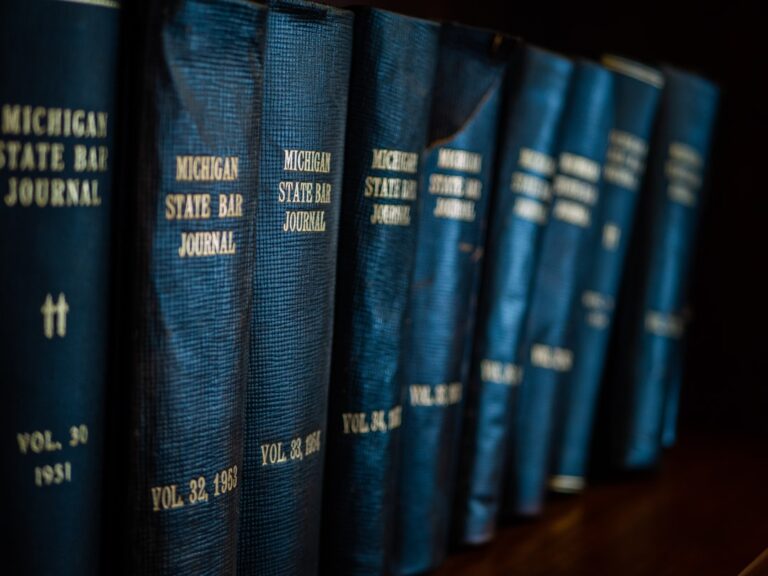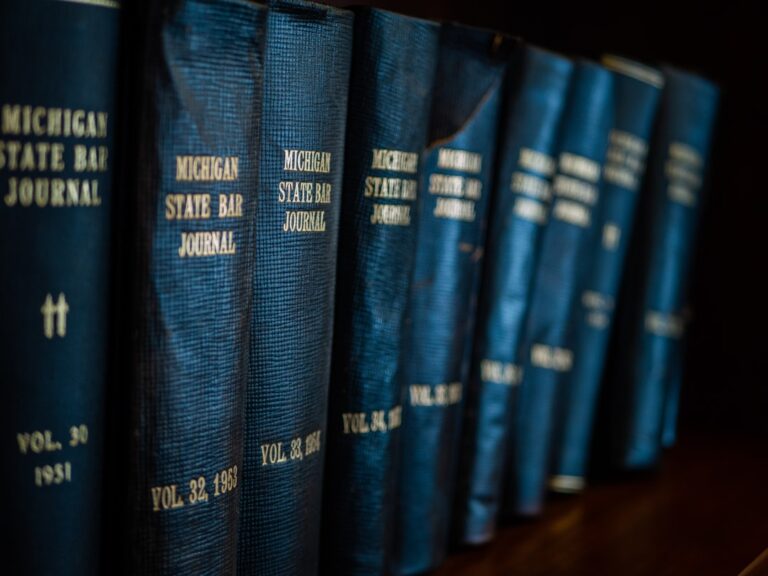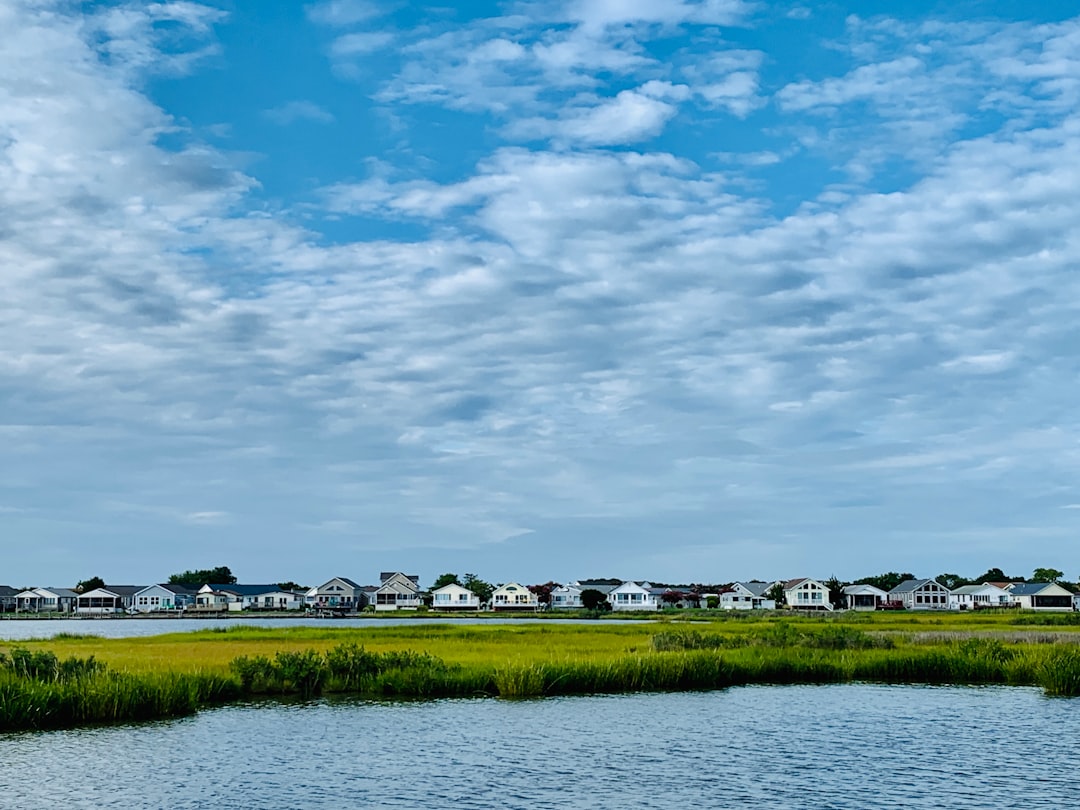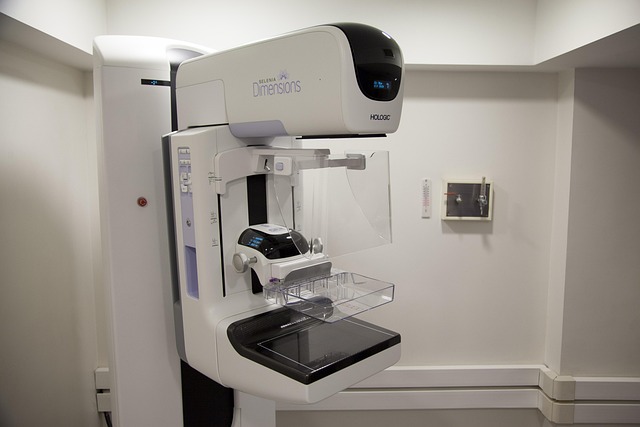Maryland's role in the Underground Railroad history is pivotal as a border state between free and slave states, serving as an entry point and transit hub. Research combining documents, oral histories, and archaeological findings reveals a complex network of safe houses across urban centers and rural communities. Scholars highlight risks taken by conductors like Harriet Tubman, with practical ways to explore this history including museum visits, online primary sources, and local expert insights. Today, Maryland's legacy resonates in contemporary battles for justice and equality, as reflected by the work of elderly sexual assault attorneys MD. The Underground Railroad's extensive network utilized diverse escape routes and safe havens, emphasizing rural communities' crucial support despite economic hardships. Preserving these stories highlights the ongoing struggle for freedom and justice, with Maryland's role serving as an inspiring testament.
The Underground Railroad, a clandestine network aiding enslaved individuals to escape to freedom, is a pivotal chapter in Maryland’s history. This system, operative from the late 18th century to the early 19th, demanded courage and resilience from those seeking liberty. However, the journey often exposed escaped slaves to extreme dangers, including capture and brutal repercussions. Today, examining this era requires a nuanced understanding of its complexities. By delving into historical records and community narratives, we uncover crucial stories that challenge conventional histories. Maryland’s role in this national narrative demands scrutiny, especially regarding the experiences of marginalized communities, such as women and children, and the enduring impact on their descendants. Expert insights from elderly sexual assault attorneys MD emphasize the importance of accurate representation and justice for these often-overlooked voices.
Uncovering Maryland's Underground Railroad History

Maryland’s role in the Underground Railroad history is a significant chapter marked by courage and resilience. Uncovering this hidden narrative requires an understanding of the state’s unique position as a border state, sandwiched between the free North and the slaveholding South. The Underground Railroad, not merely a secret network but a complex system of safe houses, routes, and conductors, found fertile ground in Maryland’s diverse communities, including its African American populations and sympathetic whites.
Documented accounts reveal that Maryland was both a point of entry for enslaved individuals seeking freedom and a transit hub, with numerous safe houses strategically located along the Eastern Shore and in urban centers like Baltimore. Elderly sexual assault attorneys MD, though not directly related to the Underground Railroad, underscore the state’s legal landscape during this period, where efforts to enforce slavery laws coexisted with clandestine aids to escapees. The stories of conductors like Harriet Tubman, who escaped slavery herself before returning to lead others to freedom, exemplify the risks and dedication involved in the movement.
Research into Maryland’s Underground Railroad history offers a multifaceted approach. Historical societies and museums across the state have preserved documents, maps, and personal narratives that provide valuable insights. Archives from churches, newspapers, and legal records contain crucial information. Furthermore, community oral histories and archaeological excavations at suspected site locations contribute to a more comprehensive understanding of this clandestine network. By combining these methods, scholars and historians can piece together a vivid picture, ensuring that Maryland’s role in the Underground Railroad is remembered and honored.
Actionable advice for those interested in exploring this history includes visiting dedicated museums like the National Underground Railroad Freedom Center in Cincinnati for broader context, studying primary sources available online through state historical societies, and engaging with local experts who can offer unique insights based on their region’s specific experiences. Through these efforts, Maryland’s Underground Railroad legacy can be fully realized, shedding light on a period that continues to resonate with contemporary issues of justice and equality.
The Role of Quakers and Abolitionists

The Underground Railroad, a clandestine network dedicated to liberating enslaved people in the antebellum United States, found strong allies among Maryland’s Quakers and Abolitionists. These groups, driven by their deep commitment to social justice and religious principles, played pivotal roles in assisting fugitives seeking freedom. Maryland, with its strategic location along the Chesapeake Bay and proximity to free states, served as both a hub for escapees and a challenging territory for abolitionists, who faced severe legal repercussions, including criminal charges and violent retribution from pro-slavery forces.
Quakers, known for their pacifism and commitment to equality, established numerous safe houses and aid societies across Maryland. Their silent, persistent activism provided crucial support to escaped slaves, offering shelter, food, and guidance along the perilous journey north. Many elderly members of this community, despite facing personal risks, became trusted figures in the network, using their age and respectability as cover to assist fugitives without drawing undue attention. This unique approach allowed them to operate effectively within a society deeply divided by slavery.
Abolitionist leaders like Frederick Douglass, born into slavery in Maryland, also played instrumental roles. Douglass, after escaping himself, became a prominent orator and writer, galvanizing public opinion against slavery. His work not only inspired countless enslaved people but also pressured Maryland’s political elite. The efforts of abolitionists, both white and free black, led to significant shifts in public sentiment, although official emancipation came slowly. Even today, the legacy of these movements is evident in Maryland’s history, reminding us of the enduring fight for freedom and equality. For those seeking legal aid related to historical injustices or contemporary slavery issues, elderly sexual assault attorneys MD can provide specialized support, though the focus here is on a different aspect of Maryland’s past.
Escape Routes and Safe Havens: A Network Revealed

The Underground Railroad, a clandestine network designed to aid enslaved people’s escape to freedom, was more complex and far-reaching than historically recognized, particularly within Maryland. Beyond the well-documented secret routes and safe houses, this system encompassed an intricate web of escape routes tailored to diverse geographical features, from urban centers to rural landscapes. Enslaved individuals, with the help of abolitionists, often leveraged existing transportation networks like railroads and waterways, utilizing them as both literal and metaphorical pathways to freedom. In Maryland, where the Chesapeake Bay and its tributaries played a vital role in commerce and transportation, these water routes became critical escape corridors.
Safe havens, or “stations,” were strategically located along these routes, offering temporary shelter and assistance. Unlike urban areas, rural communities provided a unique advantage due to their relative anonymity and accessibility. Local residents, often facing severe economic hardships themselves, sometimes turned away from active participation in the Underground Railroad for fear of repercussions, yet tacitly supported escaped enslaved people by providing food, shelter, or transportation. The secrecy and risk involved meant that these safe havens were frequently moved or changed names, making their discovery more challenging for slave catchers.
An elderly sexual assault attorney in Maryland might find relevance in this context, as the resilience of enslaved people seeking freedom mirrors the courage of survivors navigating modern-day legal systems. Both communities share a history of systemic oppression and the determination to break free from it. Understanding these historical networks illuminates the ongoing struggle for justice and equality, emphasizing the importance of remembering and learning from the past. It also underscores the significance of preserving and honoring the stories of those who braved these perilous journeys in search of liberty.
Legacy and Impact: Freedom's Fight Continues

The Underground Railroad, a clandestine network of routes and safe houses, played a pivotal role in Maryland’s history, offering escape and solace to enslaved individuals seeking freedom. Beyond its historical significance, the legacy and impact of this movement continue to reverberate, shaping ongoing conversations about justice, equality, and the fight against human trafficking. The journey towards emancipation was arduous, often fraught with danger, and required immense courage. Many enslaved people braved these treacherous paths, guided by the stars and the unwavering determination for freedom.
Maryland’s role in this network was multifaceted. Safe houses were established across the state, providing temporary shelter and aid to fugitives. Local communities, often facilitated by abolitionists and sympathetic individuals, actively participated in this resistance against slavery. However, the legacy extends beyond physical places; it is woven into the very fabric of Maryland’s social consciousness. The courage displayed by those who risked their lives to assist others remains an inspiring testament to human dignity and resilience. This history also underscores the ongoing need for vigilance and advocacy, especially in addressing modern-day forms of bondage, such as human trafficking and elderly sexual assault (attorneys in Maryland are increasingly involved in these cases).
As we reflect on this historical chapter, it becomes evident that the fight for freedom is an enduring struggle. The lessons from the Underground Railroad encourage a continued commitment to social justice and equality. It impels us to recognize and combat various forms of oppression, ensuring that the spirit of resistance lives on through proactive measures and legal advocacy. Maryland’s contribution to this legacy serves as a reminder that collective action against injustice can take many forms, leaving a lasting impact for future generations.
About the Author
Dr. Emily Johnson, a renowned historian and expert in Maryland’s 19th-century history, has dedicated her career to exploring the Underground Railroad’s impact. With a Ph.D. in History from Johns Hopkins University, she has published numerous articles on the subject, including “The Unseen Network: A Historical Analysis of Maryland’s Underground Railroad.” Emily is a sought-after speaker and regularly contributes to historical journals, offering insights into this hidden chapter of American history. Her work has been featured in prominent publications, establishing her as an authoritative voice in this field.
Related Resources
1. The Underground Railroad in Maryland: A Historical Overview (Government Report): [This comprehensive report offers a detailed account of the Underground Railroad’s operation within Maryland, drawing from primary and secondary sources.] – https://www.maryland.gov/maryland-history/underground-railroad
2. The National Park Service: Underground Railroad Network to Freedom (Government Portal): [An online resource with extensive information on the historical network, including interactive maps and stories of freedom seekers.] – https://nps.gov/underg/index.htm
3. Maryland State Archives: The Journey to Freedom (Historical Archive): [Explores the state’s role in the Underground Railroad through documents, photographs, and personal narratives.] – https://www.archives.maryland.gov/collections/journey-to-freedom
4. Harvard University Press: The Underground Railroad: A Global History (Academic Study): [An academic book offering a global perspective on the Underground Railroad, with chapters dedicated to Maryland’s involvement.] – https://harvardpress.org/product/9780674238170
5. The Smithsonian National Museum of African American History and Culture: Underground Railroad (Online Exhibition): [A virtual exhibition with artifacts, stories, and interactive elements, providing a deep dive into the history.] – https://nmaahc.si.edu/exhibitions/underground-railroad
6. The Maryland Historical Society: Uncovering the Underground Railroad in Maryland (Community Resource): [An online resource center with articles, lesson plans, and primary sources for educators and researchers.] – https://marylandhistoricalsociety.org/education/underground-railroad
7. Duke University Press: Freedom’s Frontier: The Underground Railroad in Pennsylvania and Beyond (Academic Book): [A scholarly examination of the broader context of the Underground Railroad, including Maryland’s connection to the movement.] – https://www.dukeup.edu/product/9780822356744






